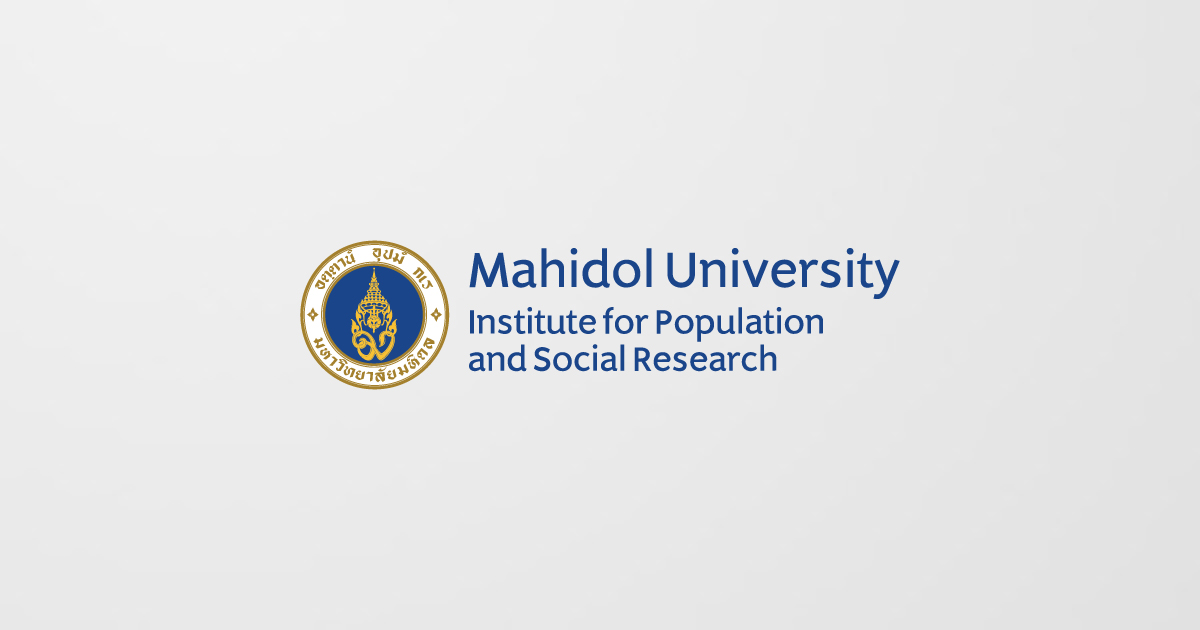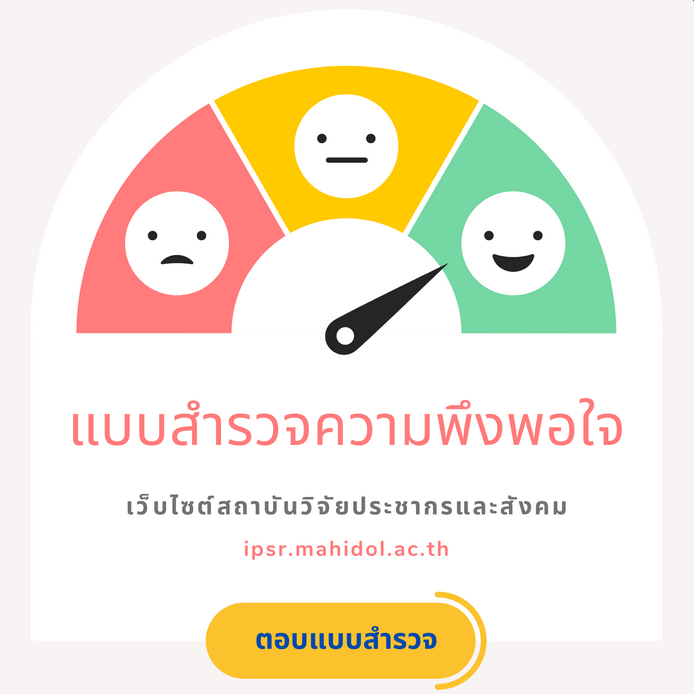Abstract
Indonesia is one of the country which will have an ageing population in near future, however, Indonesia is not ready yet for upcoming main demographic shift and have not set adequate policies for managing its ongoing population ageing (Adioetomo & Mujahid, 2014; Arifin & Ananta, 2013; Gietel-Basten, Scherbov, & Sanderson, 2015; Ziegenhain, 2019). The conventional measure of burden of population ageing which is normally used by Indonesian Central Statistical Office is the old age dependency ratio (OADR), this ratio use the number of persons who have reached the old age (60+) and divides it by the number of population in productive age groups (15-59 years) in order to calculate the dependency of older people comparatively to those who support them. As described in Article 1 of Law no 13/1998 on Welfare of Older Persons, an older person in Indonesia is defined as an individual reach 60 years old and above (Adioetomo & Mujahid, 2014). Nevertheless, since the key driver of population ageing is improvement of longevity, age become a poor indicator of the burden of an ageing population. Moreover, the old age dependency ratio is not a good indicator for the burden of population ageing because this indicator does not measure either the number of ‘dependent’ older persons or the number of people who support them. It could be an important indicator if the numerator and denominator of the ratio count the real magnitude of elderly dependency, unfortunately it does not.
Furthermore, the conventional old age dependency ratio (OADR) could be misleading in measuring the burden of population ageing and view it as the demographic time bomb, because it simply omit the reality that older population aged 60+ years are physically healthier compare to past generations, have higher life expectancy and lower rates of morbidity and disability, and has more capability to contribute more to society than their peers in the past times (Scherbov, Sanderson, & Gietel‐Basten, 2016). Healthy life expectancy -the expected number of years an individual will live in good health- has improved as well (GBD DALYs Hale Collaborators, 2018), this suggests that additional period of life will not necessarily be in disability period, and thus will not substantially increase the social and healthcare costs. A number of demographers proposed alternative measures that provide a distinct but more accurate picture of population ageing and cause different implications for health, social, and economic policy (Balachandran, de Beer, James, van Wissen, & Janssen, 2019; d’Albis & Collard, 2013; Lutz, Sanderson, & Scherbov, 2008b; Spijker, 2015). These new measures of ageing has also been used by United Nations in assessing the levels, trends, and patterns of population ageing in global world (United Nations, 2018, 2019).
The picture of levels, trends, and patterns of population ageing in a population might be misleading by the way it is measured. Policy makers and stakeholders thus should have capacity to use and interpret not only the old measurement of ageing, but also the new measurements of ageing in order to design the most appropriate program planning and interventions to answer the challenges and consequences of upcoming population ageing in near future. There are no study yet regarding the historical and future trends of population ageing in Indonesia, specifically in comparing the old and new measurements of population ageing. This study will assess and identify the implication for policy based on the results of new measurements of population ageing. This study will provide the basic information about upcoming burden of population ageing in Indonesia in near future and help policy makers to design programs and plans to cope with future trends of population ageing in Indonesia.
Moderator: Sirinya kaikaew
January 15, 2020 Time: 12:30 – 13:30 hrs. Room Srabua (109)

